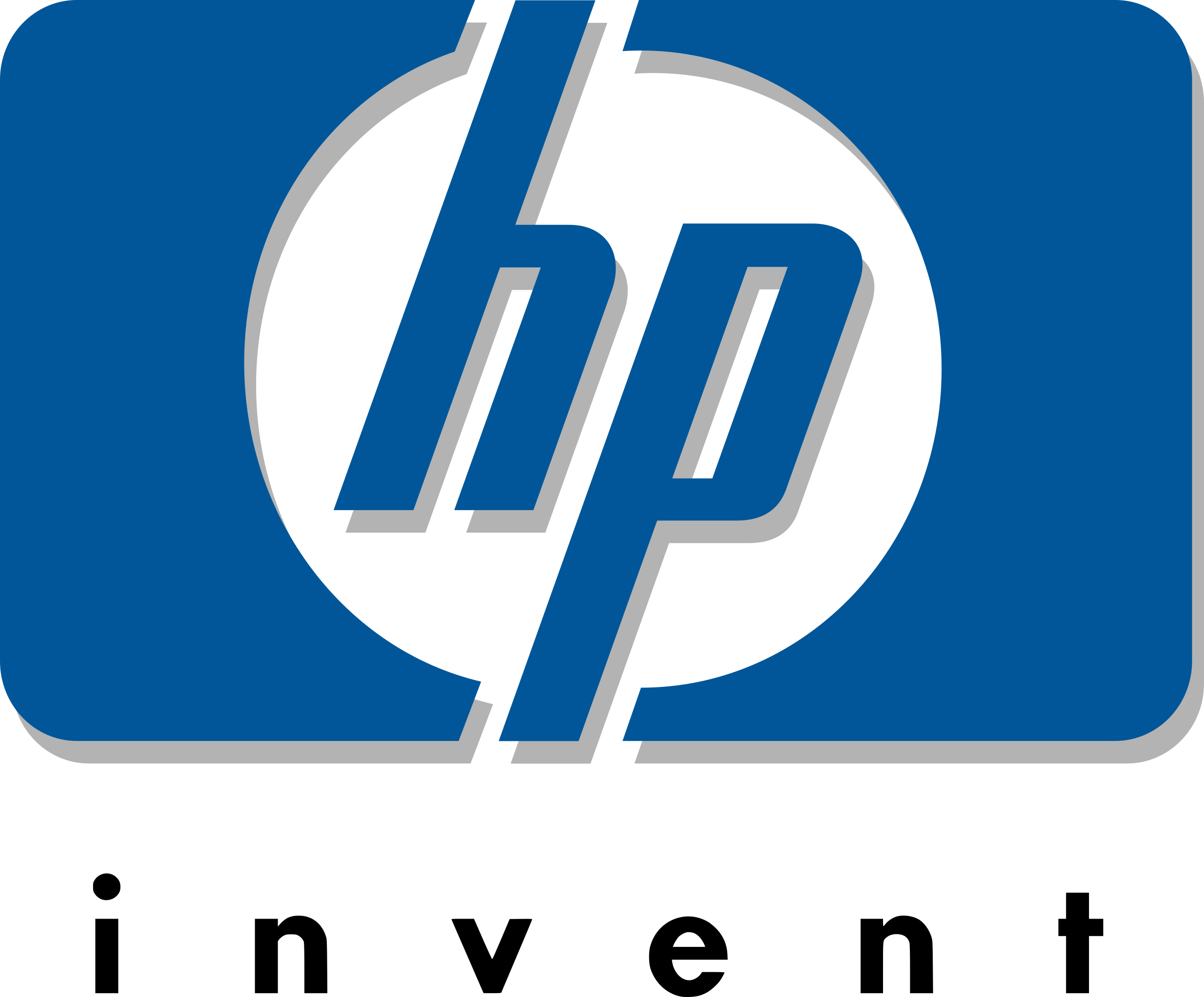HP Inc. (NYSE: HPQ) saw its stock plunge 15% following a disappointing quarterly report that missed both earnings and forward guidance. The sharp drop is largely attributed to what the company calls “added cost” from ongoing tariffs, squeezing margins and weighing on performance expectations.
What Happened?
HP reported earnings for the latest quarter that fell short of Wall Street expectations. Revenue came in weaker than anticipated, and the company’s forward guidance didn’t offer much reassurance either. Investors reacted swiftly, sending shares tumbling during after-hours trading.
According to HP, the shortfall stems from “added cost from tariffs” — a recurring issue that continues to impact tech hardware companies that rely heavily on global supply chains. These extra costs are eating into margins, forcing HP to recalibrate its outlook for the next few quarters.
Tariffs Add to Financial Pressures
While inflation and global supply chain constraints remain a factor for most companies, tariffs have become a specific pain point for HP. The company stated that tariffs on imported components, particularly from China, have inflated its cost base significantly.
In addition to hardware materials becoming more expensive, HP is also facing increased freight and logistics costs. All of these pressures have culminated in a weaker earnings report and a more cautious outlook.
Wall Street Reacts
Investors are reacting not only to the numbers but also to the tone of HP’s forecast. Analysts had expected a modest decline, but the 15% drop signals deeper concerns about HP’s ability to navigate the current trade and economic environment.
The tech industry has been one of the hardest hit by tariffs in recent years, and HP’s latest earnings miss highlights how even legacy players are not immune. With tighter margins and weaker-than-expected sales, confidence in HP’s short-term performance is clearly shaken.
What’s Next for HP?
HP will need to find ways to mitigate these rising costs—either through pricing strategy, supply chain diversification, or cost-cutting elsewhere. Investors will be watching closely for any signs of recovery or a stronger plan to manage the continued impact of tariffs.
The company has also hinted at efforts to improve operational efficiency and explore new growth verticals. However, without a clear strategy to offset tariff-related costs, the road ahead remains uncertain.



